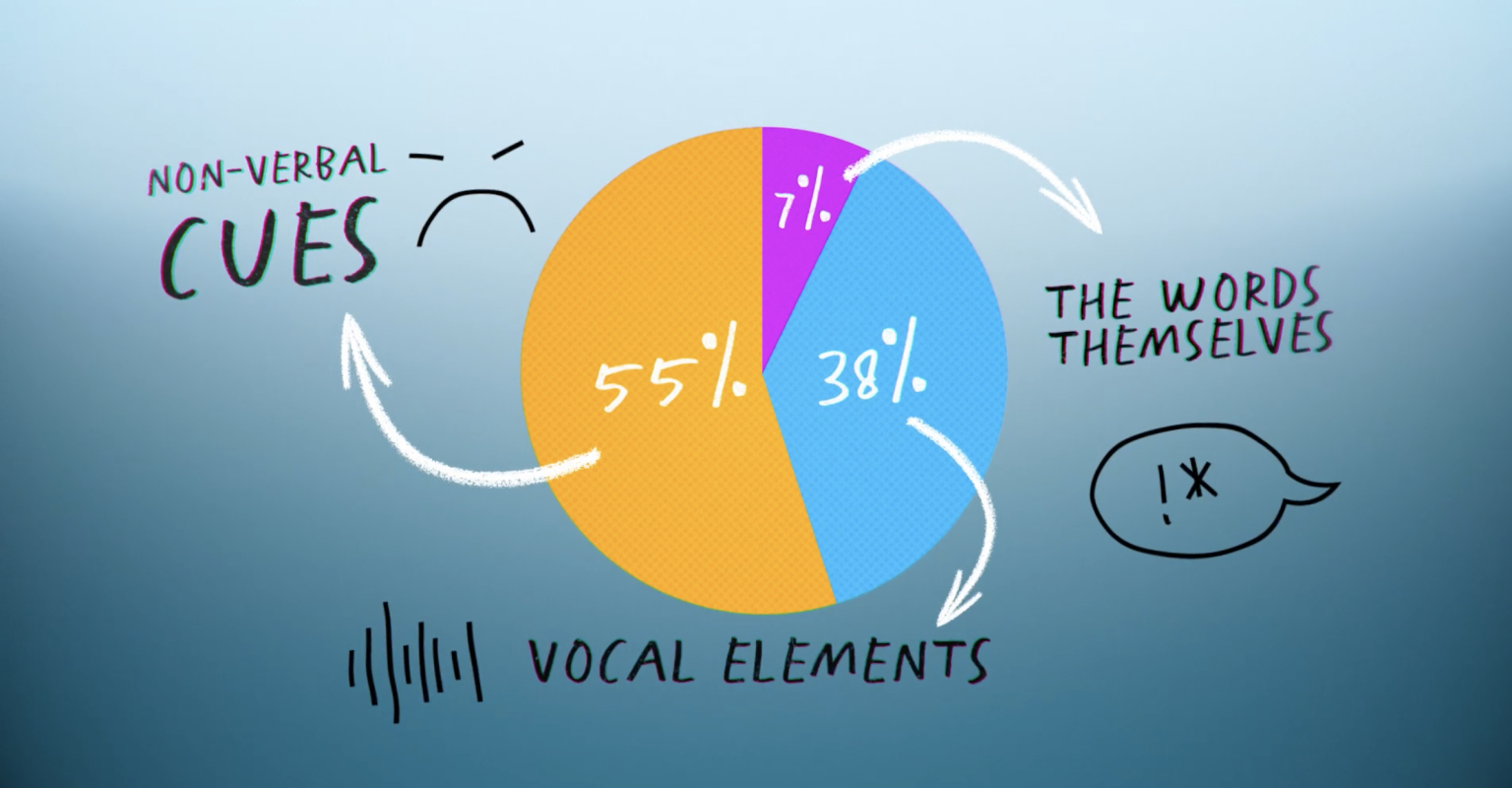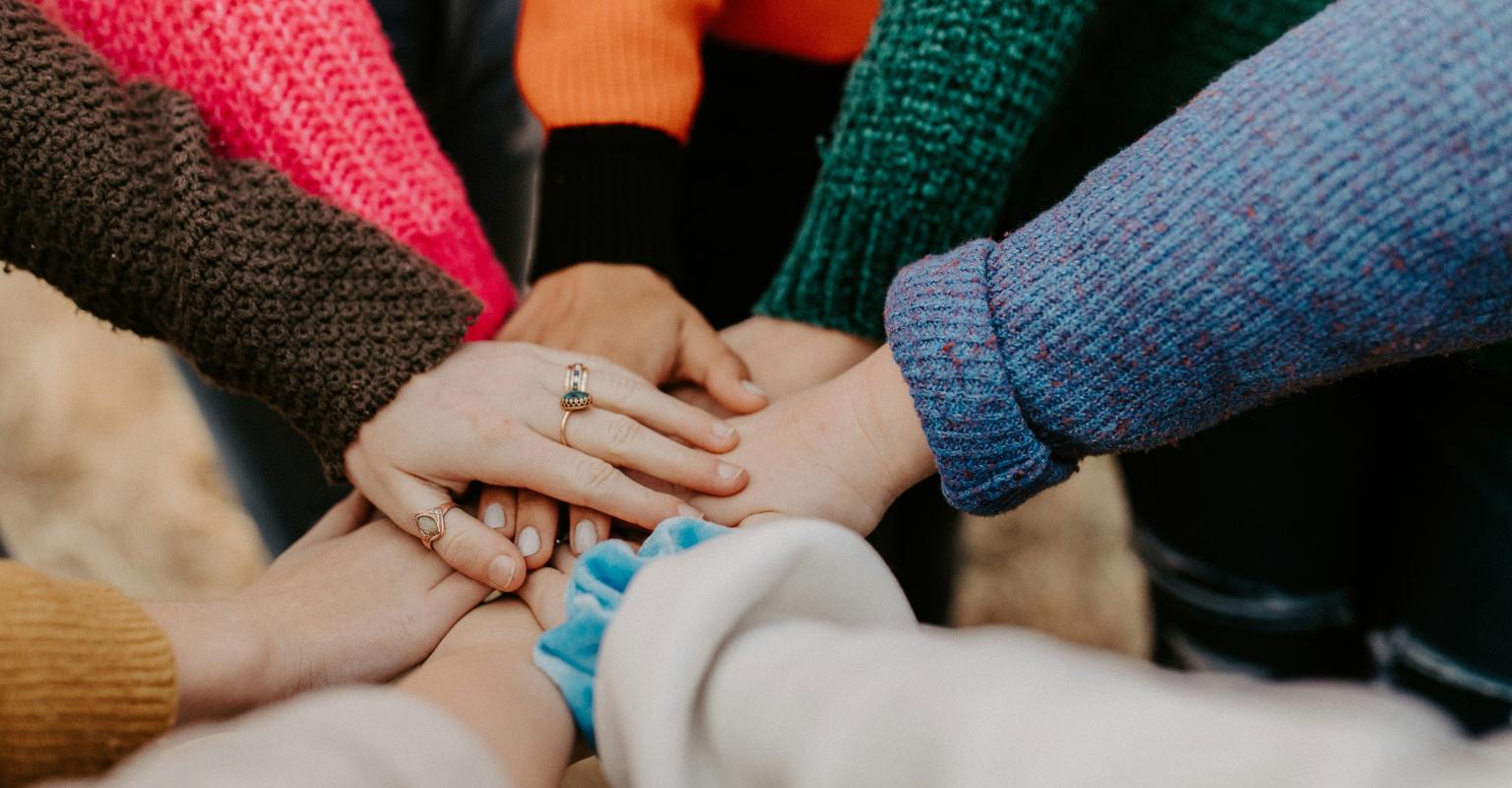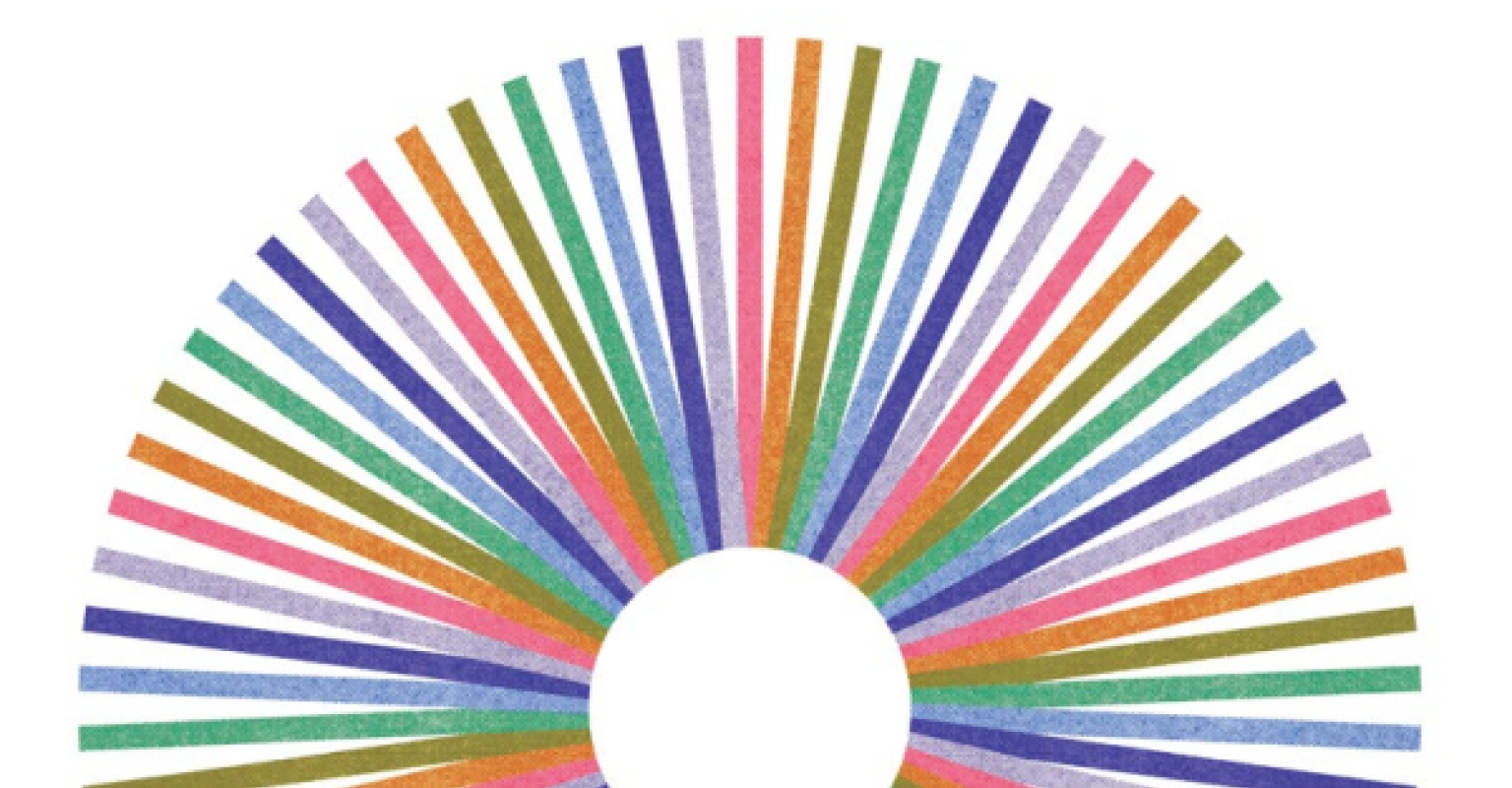
Explore key mindsets and practical techniques to sharpen your listening and engage in thoughtful, intentional dialogue.
A gratitude reflection in celebration of Yom Ha'Atzmaut.

In this lesson, students examine their own first, middle, last, and Hebrew (or Jewish ritual) names.

3-Part Lesson Plan to introduce customs and stages around end of life and dying in Jewish culture.

B’nei mitzvah as chevrei kehilah: Engaging with mitzvot through community service is a curriculum guide that frames b'nei mitzvah as a passage into full Jewish agency, including the ability to take on Jewish communal obligations.

Use our current events resources to foster thoughtful classroom conversations and build your students’ capacities for critical thinking, emotional engagement, ethical reflection, and civic agency.

In this resource, we will explore the concept of burnout and what we can do to naturally keep our flames burning longer.
This video and classroom discussion questions review the role of Judah the Maccabe and his family in the Chanukah story.

For centuries we have marked time by celebrating trees and our connection to the natural world this time of year. Nestled between the darkest days of winter and the blossom of springtime Tu B'Shvat offers us a chance to reconnect with the natural world when we often feel disconnected and cooped up inside. But just as trees are working hard sending nourishment to their roots in preparation for springtime growth, so too do we prepare for our reemergence into the world of activity following months of cautionary life. We invite you to use the Hazon 2021 Tu B'Shvat Haggadah as your guide in this celebration of life, nourishment, and hope.

The updated Shmita Sourcebook is designed to encourage readers to think critically about Shmita.

